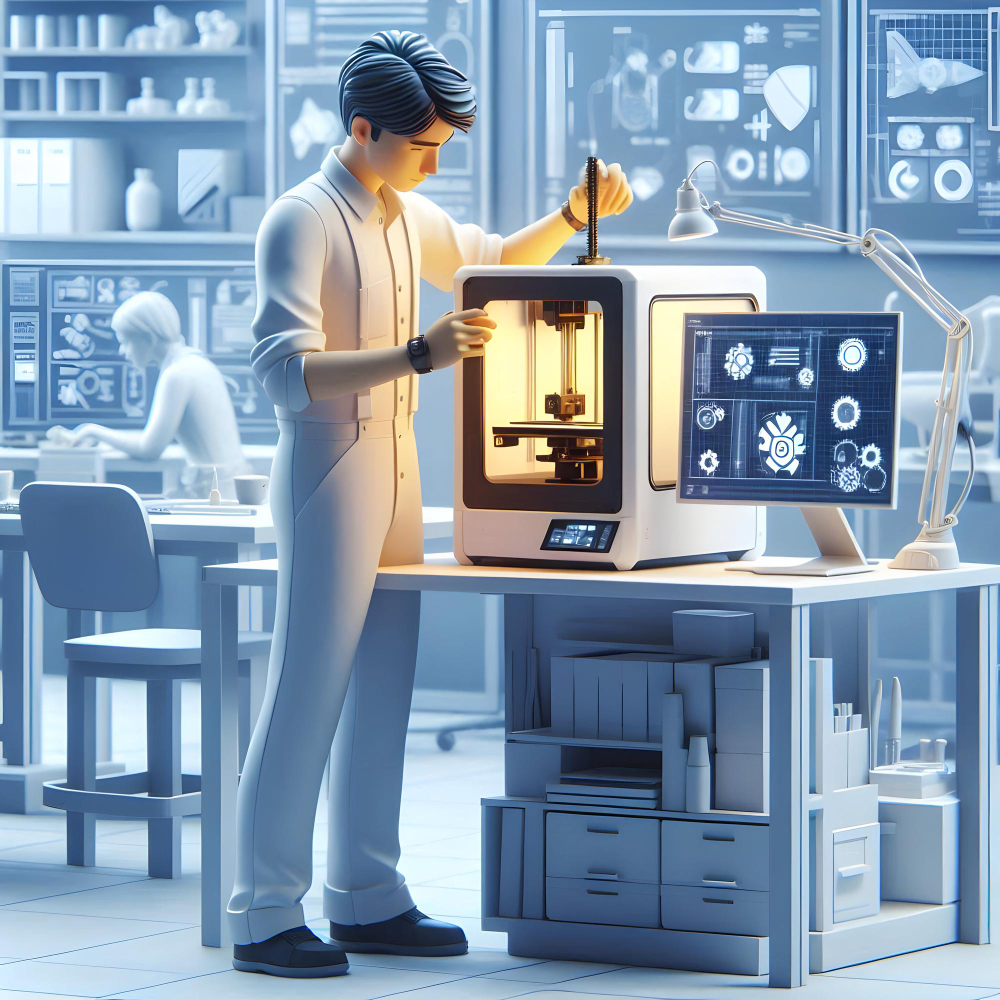
- November 22, 2024
- 1:19 pm
How 3D Printing is Changing the Future of Medical Implants and Prosthetics
In recent years, 3D printing has emerged as a transformative technology in the healthcare industry, particularly in the fields of medical implants and prosthetics. By enabling the creation of highly customized, precise, and affordable solutions, 3D printing is revolutionizing how we approach patient care. Let’s explore the significant ways this technology is shaping the future of medical device.
1. Personalization and Customization
One of the most significant advantages of 3D printing is its ability to create personalized medical devices. Unlike traditional manufacturing methods, 3D printing allows for the production of implants and prosthetics tailored to the patient’s anatomy.
- Implants: Surgeons can use 3D imaging data (like CT or MRI scans) to design implants that fit perfectly, improving patient comfort and reducing recovery time.
- Prosthetics: Custom-fitted prosthetics ensure better mobility and comfort, especially for children who require frequent replacements due to growth
2. Enhanced Material Choices
3D printing supports a variety of biocompatible materials, including:
- Titanium for implants like joint replacements.
- Polymers for lightweight, durable prosthetics.
- Bio-inks that contain living cells for 3D bioprinting, paving the way for future applications like printing tissues or organs.
These materials are often lighter, stronger, and more cost-effective compared to those used in traditional manufacturing.
3. Accelerating the Production Process
Traditional implant and prosthetic manufacturing can take weeks or months. With 3D printing:
- Prototypes can be developed rapidly, enabling faster clinical trials and approvals.
- Implants can be produced on-demand, reducing dependency on large inventories.
- Patients in remote areas can receive prosthetics more quickly thanks to localized 3D printing facilities.
4. Reducing Costs
The cost of prosthetics and implants can be a significant barrier, especially in low-income regions. 3D printing reduces production costs by:
- Minimizing material waste.
- Eliminating the need for expensive molds.
- Streamlining manufacturing processes.
For example, 3D-printed prosthetic hands can cost a fraction of traditional prosthetics, making them more accessible to patients globally.
5. Pioneering Innovations
3D printing is fostering groundbreaking advancements in medical technology:
- Bioprinting: Researchers are developing 3D-printed tissues and organs, which could eventually eliminate the need for organ donors.
- Complex designs: Intricate lattice structures in 3D-printed implants improve osseointegration (bonding between bone and implant).
- Smart prosthetics: 3D printing is being integrated with technologies like sensors and AI to create advanced, responsive prosthetics.
Real-Life Success Stories
- 3D-Printed Hip Implants: Patients with severe joint deterioration have benefited from custom-fitted 3D-printed hip replacements, leading to better mobility and pain relief.
- Low-Cost Prosthetics for Children: Organizations like e-NABLE are using 3D printing to produce functional prosthetics for children, some for as little as $50.
Challenges and Future Potential
While 3D printing has incredible potential, challenges remain, such as regulatory hurdles, scalability, and the high cost of advanced 3D printing systems. However, as technology advances and adoption grows, these barriers are likely to diminish, unlocking new possibilities in personalized medicine.
Conclusion
3D printing is not just a tool; it’s a catalyst for change in the healthcare industry. By making implants and prosthetics more personalized, affordable, and accessible, it’s improving the quality of life for countless patients and opening new frontiers in medicine. As this technology continues to evolve, its impact on healthcare will only deepen, promising a future where solutions are as unique as the individuals they serve.
Hey
I'm Emma!

Lorem ipsum dolor sit amet, consectetur adipiscing elit. Ut elit tellus, luctus nec ullamcorper mattis, pulvinar dapibus leo.
